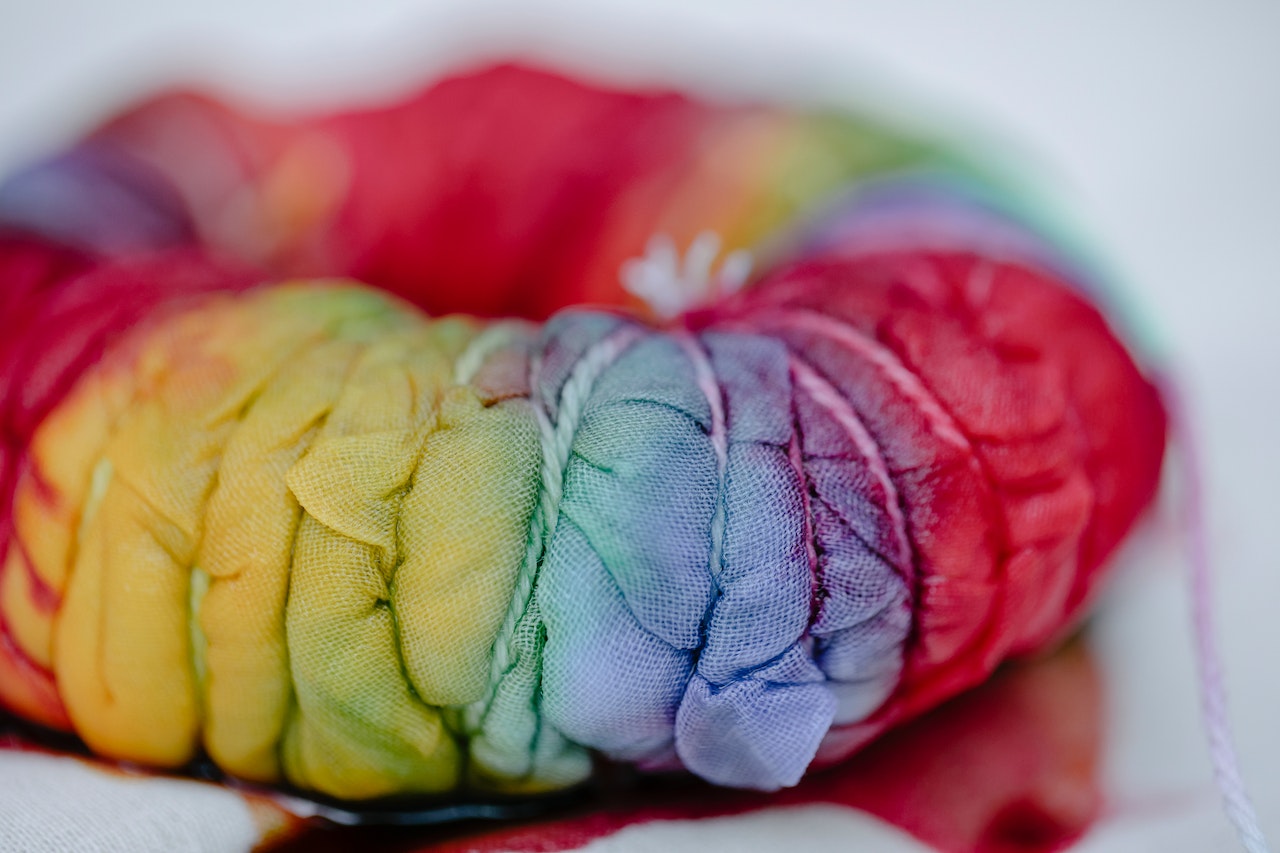Dyeing is a process that adds colour to textiles. The most common dyes are available as liquids, pastes, or powders. Dyeing is used to create a variety of colours, including natural dyes such as madder and indigo, and synthetic dyes such as those used in paints and textile printing.
The dye is mixed with the textile material to be coloured. The mixture is then applied to the textile object in a manner that allows the dye to penetrate the fibres. The dyed fabric can then be washed to remove any excess dye, usually with hot water and soap.
Dyeing in textiles refers to the process of adding colour to the fabric. This is typically done by immersing the fabric in a solution containing dyes, which are absorbed by the fibres. The process of dyeing can also be used to change the colour of fabric that has already been produced or to create patterns or designs.
What is The Textile Dyeing Process?
The textile dyeing process is an important step in the production of textile materials. In this process, different coloured dyes are mixed and applied to the fabric to create the desired colour. There are some different types of textile dyes, each with its own set of properties and requirements.
- Preparation:
The fabric is prepared for dyeing by washing it to remove any dirt or impurities, and by scouring it to remove any finishing treatments that might interfere with the dyeing process.
- Dyeing:
This step involves immersing the fabric in a dye solution. The dye can be applied using various methods, such as immersion, padding, spraying, or printing. The fabric is usually agitated to ensure even dye uptake.
- Fixation:
This step involves setting the dye into the fabric so that it doesn’t bleed or fade during washing. This is typically done through chemical reactions or heat.
- Rinse:
The fabric is then rinsed to remove any excess dye or chemicals used in the fixation step.
- Drying:
The fabric is dried after rinsing to remove any moisture. This step can be done using a variety of methods, including air-drying, machine-drying, or tumble-drying.
- Finishing:
The final step of the dyeing process involves any necessary finishing treatments, such as softening, starching, or pressing the fabric.
Types Of Textile Dyeing
Many types of textile dyeing can be used to create unique and colourful fabrics. Each type of dye has unique properties that can be used to create specific effects on the fabric. Here is a look at some of the most common textile dyeing types:
- Direct Dyeing:
Direct dyeing is the process of applying dye directly to the fibre or fabric in an aqueous solution. It is used for cellulose fibres like cotton, rayon, and linen.
- Fiber Reactive Dyeing:
Fiber-reactive dyes are chemical dyes that bond directly to the fibres, creating a permanent bond. This type of dyeing is typically used on cellulose fibres such as cotton and linen.
- Acid Dyeing:
Acid dyes are water-soluble and are applied at low pH, usually in an acidic dye bath. They are used for protein fibres like wool and silk, as well as for some synthetic fibres.
- Basic Dyeing:
Basic dyes are water-soluble and are applied at high pH, usually in an alkaline dye bath. They are used for synthetic fibres like nylon and polyester.
- Mordant Dyeing:
Mordant dyeing is a two-step process that involves first treating the fabric with a metal salt, called a mordant, and then immersing it in a dye bath. The mordant helps fix the dye to the fibres, creating a permanent bond.
- Solvent Dyeing:
Solvent dyeing uses a solvent to dissolve the dye and transport it into the fibres. The solvent evaporates after the dye has been absorbed, leaving the dye in the fibres. This type of dyeing is often used for synthetic fibres like polyester and nylon.
Conclusion
Dyeing textiles is a process of adding colour to fabric using various methods such as screen printing, direct dyeing, reactive dyeing, and others. The choice of dye and method of application depends on the type of fibre, desired colour, and intended use of the fabric. Proper selection of dye and proper execution of the process is important to ensure the color-fastness and durability of the dyed fabric.
